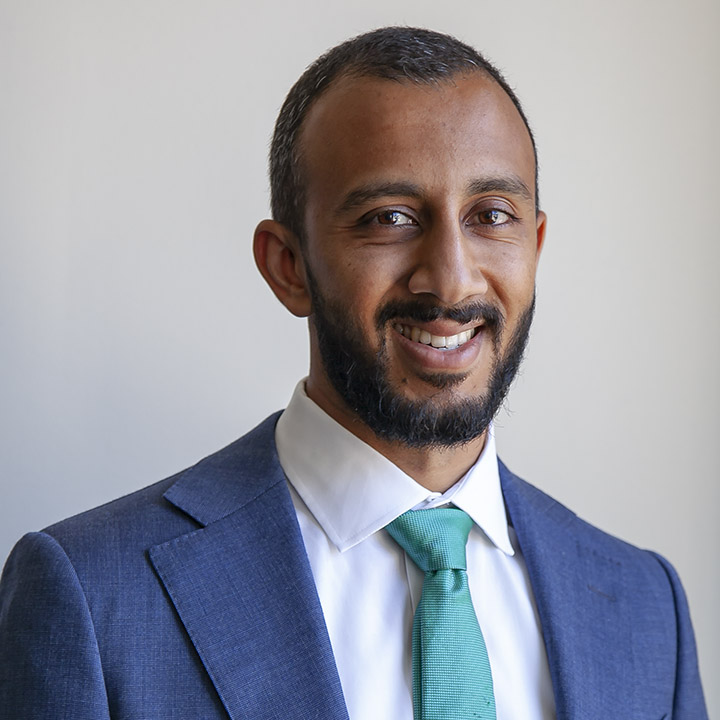June 05, 2020
Putting the Equity in “Return on Equity”
Utility hearings are many things, but rarely emotional. This one felt different.
Last Friday, the Minnesota Public Utilities Commission held a virtual hearing on Xcel Energy’s “Integrated Distribution Plan” – a blueprint for the utility’s electric grid investments over the coming five years. With the pandemic as our backdrop, hearings tend to be an exercise in awkwardness — everyone is uniquely stressed, Commissioners and lawyers in suits and ties fiddle with mute buttons in living rooms and backyards miles apart. But on Friday morning, even a global pandemic couldn’t make it to the front of anyone’s mind. Instead, it was the murder of George Floyd by a Minneapolis police officer, and the resulting blaze of outrage unfolding right outside the Commissioners’ doors. Commission Chair Katie Sieben was visibly shaken as she opened the meeting by acknowledging George Floyd. Her colleagues, many living and working in Minneapolis, were similarly clearly distressed.
As the hearing got underway, it all felt a little dissonant. Here we were, talking about electric utility poles and wires, all while Minneapolis (and by mid-afternoon, several other cities) burned with cries for justice and an end to the systemic oppression of black people in our country. But, although police brutality and electric grid planning could not seem more unrelated, some speakers started to connect the dots. Low-income communities of color in Minneapolis — like many other major U.S. Cities — have experienced a long history of equal parts disinvestment and environmental harm.
Through thoughtful investments in its electric grid, utilities may not be able to deliver racial justice or dent police attacks on black people, but, in a limited way, they do have an opportunity to advance environmental, racial, and economic equity.
There is some, although not complete, overlap between black communities suffering at the hands of the police, and vulnerable communities subjected to environmental racism. Through thoughtful investments in its electric grid, utilities may not be able to deliver racial justice or dent police attacks on black people, but, in a limited way, they do have an opportunity to advance environmental, racial, and economic equity. Investments in “grid hardening” in vulnerable communities, for instance, can reduce safety risks to community members from downed wires and dark streets. Grid automation and sensing technologies can minimize the frequency and duration of outages. Batteries and microgrids can help ensure that critical community facilities like hospitals and churches stay powered during a natural disaster. Added circuit capacity, voltage regulation equipment, and smart inverters can enable people to invest in and benefit from local clean energy (like community solar gardens). Collectively, these investments can improve public health and safety, bolster resilience, reduce local pollution, and create wealth-generation opportunities. As Stacy Miller – Sustainability Program Coordinator with the City of Minneapolis – put it, electric service can be “foundational” to quality of life.
One of the keys to making sure that vulnerable communities actually receive these benefits is a proactive approach and an equity lens. Utilities have increasingly granular data about their distribution grids, and can use that data to evaluate localized grid needs and develop targeted solutions that support vulnerable communities. But advancing equity is not just about data-driven and thoughtful investment—it is also about fair opportunities for participation. Proceedings before utility regulatory commissions are generally opaque, and grid planning proceedings can seem even less accessible. Regulators and utilities have a role to play in making sure that African-American, indigenous, and other traditionally marginalized voices are heard during the development of plans that will directly affect those communities (notably few people of color from Minnesota actively participated during the Minnesota Public Utilities Commission hearing on Friday).
Absent that approach, the billions of dollars that utilities across the Midwest will invest in their distribution grids over the coming decade will pad shareholder returns on equity, without delivering the equity that communities—from Minneapolis to Michigan, and far beyond the Midwest—deserve.


